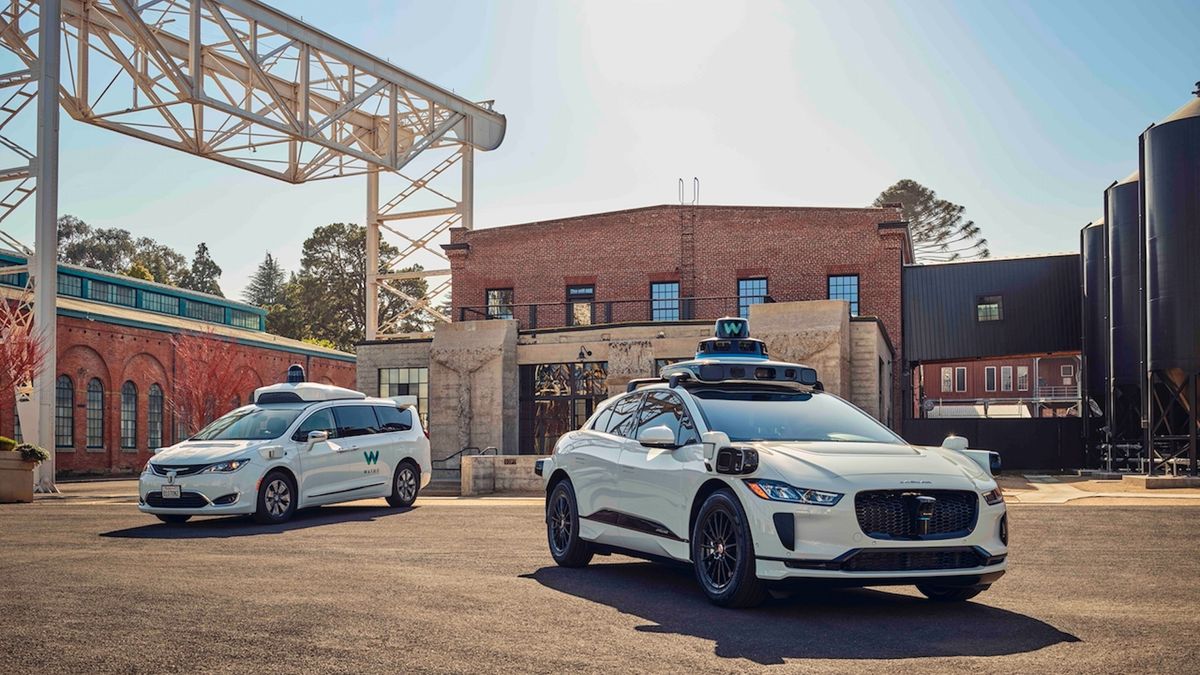Although the notion of highly autonomous robotaxis has been around for a number of years now, the space is accelerating at a rapid rate – and now Alphabet subsidiary Waymo has revealed that it will offer paid rides in Los Angeles later this month.
Until now, Waymo has been offering free trips to users as it tests its completely driver-less systems, but last month it received regulatory approval for a paid service, according to NBC News.
The company says it has accumulated over 50,000 users that occupy a waitlist to use the service. However, it also confirmed that it would begin with a fleet of just 50 cars running in a 63-square-mile area for Santa Monica to downtown L.A.
Still, it’s another big moment for robotaxis, with their move towards the mainstream being further bolstered by the news that Cruise, a GM subsidiary that was banned from testing in San Francisco when one of its vehicles ran over a pedestrian, is rekindling its operations.
Cruise laid off almost a quarter of its workforce following several negative incidents, but says that it plans to reboot human-supervised autonomous testing in Phoenix to allow its machine learning systems to improve and get safer with time.
Hyundai has also been operating highly autonomous versions of its popular Ioniq 5 model in Las Vegas for a number of years, even going so far as building a cutting-edge facility in Singapore to mass produce the technologically complex model.
Its work with autonomous specialist Motional has recently culminated in its Ioniq 5 passing a Class C License Exam in Las Vegas with flying colors. However, the test was simulated in a controlled environment, so the vehicle didn’t come away with a full license, but it added further credentials to the service as a whole.
Currently partnering with Uber in Las Vegas, customers can hail a highly autonomous Hyundai Ioniq 5 and cruise the strip, but a human driver is sat in a safety seat to take over when required.
Tesla wants in on the autonomous taxi action
Earlier this week, Elon Musk announced that he will be unveiling the Tesla Robotaxi on August 8, adding no further details to the simple post made on X (formerly Twitter).
The announcement followed rumors circulated by news outlet Reuters that Tesla had ditched plans for its more affordable Model 2 EV in favor of pursuing the Robotaxi project. This was quickly dismissed by Musk, but he took the opportunity to jump on the hype by confirming those Robotaxi rumors.
Tesla has long said that it sees a future where high levels of autonomy would allow its customers to create revenue from their vehicles when not in use, which is 96 per cent of the time if research from the RAC Foundation is to be believed.
This utopian vision might be some way off, but Musk revealed on his social media platform X that Tesla is on track to spend more than $10 billion on computing, storage, and networking solutions used to train the model for Tesla’s Full Self-Driving software. That’s no chump change.
What’s more, Musk has suggested that Tesla is able to develop and produce its own silicon chips, rather than relying on Tier 1 suppliers, if it needed to.
Everything points towards the fact that Tesla is pushing its Autopilot and Full Self-Driving systems to the next level, despite its numerous setbacks, further fueling reports that the Californian company is not content with conquering the EV market, but is now hell-bent on shaking up the ride-hailing industry, too.






